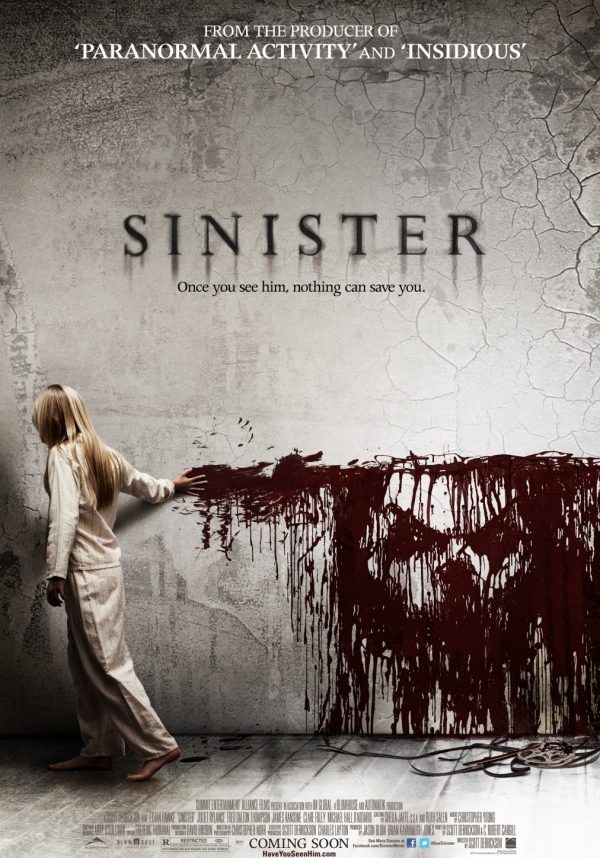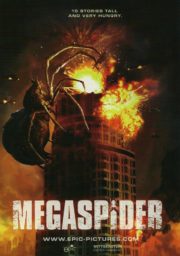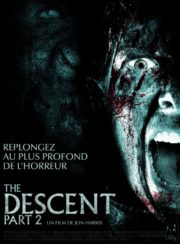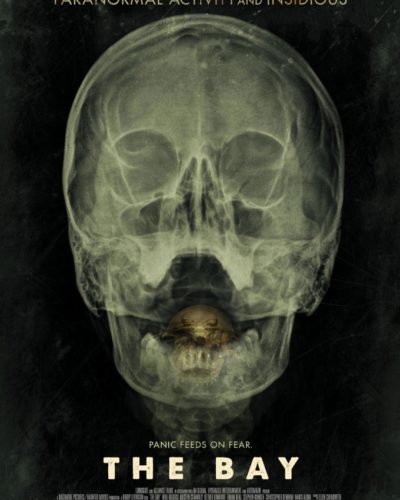Whispering Shadows in the Attic: A “Sinister” Gaze into the Abyss
In 2012, director Scott Derrickson unleashed “Sinister,” a film that digs deep into the crevices of horror with a plot that weaves a dizzying tapestry of fear. He introduces us to true-crime writer Ellison Oswalt (played by Ethan Hawke), who, in a desperate bid for literary relevancy, relocates his unknowing family into a house where a grisly murder occurred. Intent on penning his next bestseller, Oswalt uncovers a box of home movies in the attic that reveal a chilling pattern of families brutally murdered, leading him down a rabbit hole of supernatural dread entangled with a pagan deity, Bughuul, otherwise known as Mr. Boogie.
The Sinews of Terror: Crafting Atmosphere and Tension
The sinister heart of “Sinister” lies not merely in its narrative, but in its remarkable ability to fabricate an atmosphere dripping with dread. Derrickson crafts suspense through subtle clues and a haunting sense of foreboding that seeps through each frame. He masterfully employs the slow burn approach, simmering tension as the audience, like Oswalt, are lured deeper into the mystery.
Cinematography: A Lurking Menace in Every Frame
The cinematography in “Sinister” is a character of its own. The flickering projector’s light bouncing off old family films possesses a quality both hypnotic and horrific. Christopher Norr’s mastery of dim lighting and shadowy corners lends authenticity – Oswalt’s house is one you could live in if you dared. Any standout style comes to fruition in those grainy Super 8 footage, vividly juxtaposing the comfort of nostalgia with the stark reality of the terrors they depict. Such a contrast proves unsettlingly effective.
Whispers and Screams: Sound that Stirs the Darkness
The sound design in “Sinister” is impeccable in its restraint and its eruptions. Silence is wielded like a scalpel, cutting through the senses before a sudden noise jolts the nerves. The soundtrack by Christopher Young, with its dissonant melodies and undercurrents of sinister whispers, is an undetectable source of anxiety that perpetuates a disquieting mood.
Portraits of Fear: Acting in the Face of the Abyss
The performances in “Sinister” serve as the audience’s anchor in reality, with Ethan Hawke’s portrayal of Ellison Oswalt at the helm. Hawke deftly communicates Ellison’s internal conflict and slow descent into obsession. His palpable fear grounds the supernatural elements, making them all the more unsettling. The family dynamics are tense but authentic, presenting a believable portrayal of a family unknowingly on the brink of horror. Juliet Rylance, as Ellison’s wife Tracy, effectively mirrors the frustration and worry of someone on the outside of Ellison’s inward spiral.
Reinventing the Boogieman: “Sinister” and the Horror Canon
“Sinister” taps into a cocktail of psychological and supernatural horror with leanings towards the found-footage craze, albeit with a more polished aesthetic. It stays true to the genre’s fundamentals while carving out its niche with the introduction of Bughuul, a modern aggiornamento of the boogeyman trope. The film’s reliance on the primal fear of the ‘watcher’ and the ‘recorded’ places it alongside other meta-horror works though it lacks their self-awareness, opting instead for straight-faced dread.
Boo! The Alchemy of Fright in “Sinister”
Methods of fear-mongering in “Sinister” fluctuate between the psychological—building anxiety through Ellison’s investigation—and more traditional jump scares that capitalize on the unexpected. However, the film sidesteps gratuitous gore, using the implied violence of the home movies to disturb rather than the explicit. The impact of these scares can be credited to how well they’re spaced out, allowing for tension to rebuild between each shock.
Subtext in the Shadows: Social Commentary and Underlying Themes
“Sinister” embroiders its tale with subtle commentary on the enthralment with true crime and the consequences of ambition. It hints at a societal obsession with sordid tales and the moral costs of exploiting tragedy for personal gain. These themes resonate beneath the surface scares, offering a richer experience for those looking deeper.
The Verdict: Casting Light on the Dark Corners of “Sinister”
As a horror film, “Sinister” stands as a chilling journey into darkness, balancing intelligent scares with insidious psychological dread. The combination of a strong lead performance, innovative soundtrack, and the introduction of a new horror icon in Bughuul creates an experience that is both petrifying and thought-provoking.
“Sinister” may particularly appeal to horror connoisseurs looking for subtlety and depth in their terror. Casual viewers might find it a test of patience due to its measured pace but will ultimately be rewarded with genuine scares. Those who favor the sinister slow burn of films like “The Conjuring” or the atmospheric tension of “The Babadook” will likely find kinship in Derrickson’s dark abode. Still, those sensitive to depictions of violence against children, even when largely implied, should approach with caution.
In sum, “Sinister” is a noteworthy instalment in the horror genre, offering a compelling narrative, skillful scares, and a homegrown monster that may well haunt the collective nightmare for years to come. While it is not without its flaws—occasional horror clichés and some may argue a less memorable supporting cast—the movie stands firm on its chilling premise and masterful execution.




